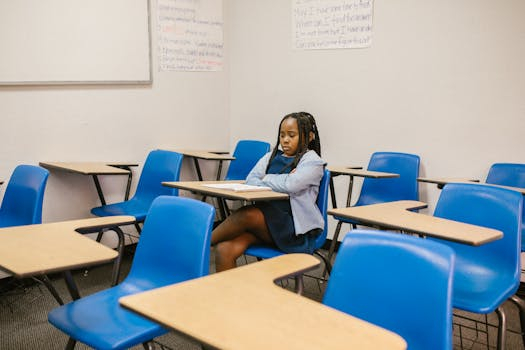Flexible seating trends and their classroom impact
The traditional classroom layout has undergone a significant transformation in recent years with the emergence of flexible seating trends. Gone are the days where students were confined to rows of immobile desks and chairs. Instead, educators are embracing a more dynamic and adaptable approach to classroom design, with flexible seating at the forefront. This innovative and unconventional concept has sparked a lot of interest and debate in the education community. In this article, we will delve into the world of flexible seating and explore its impact on classrooms.
What is Flexible Seating?
Flexible seating refers to the incorporation of flexible, mobile, and alternative seating options in the classroom. These include bean bags, exercise balls, standing desks, couches, and even yoga mats. The aim is to provide students with a variety of seating choices, rather than confining them to a traditional desk and chair setup. The concept behind this trend is to allow students to choose a seating option that suits their individual learning style, as well as their physical and emotional needs.
The Classroom Impact
Enhanced Learning Experience
Flexible seating has a profound impact on the overall learning experience. By providing students with different seating options, it allows them to find a comfortable and stimulating learning environment that caters to their specific needs. For instance, a student with attention deficit disorder may benefit from a rocking chair, while a child with sensory integration issues may find comfort in a bean bag. The variety of seating options also promotes movement, which has been linked to improved attention and concentration in the classroom.
Promotes Collaboration and Social Interaction
Traditional classroom layouts can often hinder collaboration and social interaction amongst students. However, with flexible seating, students have the freedom to move around and work with different groups of peers, promoting teamwork and communication skills. This type of seating encourages students to interact with each other, resulting in a more socially stimulating and engaging learning experience.
Promotes a Sense of Ownership and Responsibility
Flexible seating also promotes a sense of ownership and responsibility amongst students. By giving them the freedom to choose their seating, students feel a sense of control over their learning space. This can also lead to a sense of responsibility towards taking care of their seating and ensuring that it remains in good condition.
Successful Implementation
While the benefits of flexible seating are vast, it is crucial to note that successful implementation requires careful planning and consideration. Educators must ensure that the seating options chosen are age-appropriate and support the learning objectives of the classroom. It is also essential to establish clear guidelines and expectations for students regarding movement and transitions between seating options to maintain a structured learning environment.
The Bottom Line
In summary, the rise of flexible seating trends has proven to have a positive impact on classrooms. By providing students with a comfortable and engaging learning environment, fostering collaboration and social interaction, and promoting a sense of ownership and responsibility, this concept has transformed the traditional classroom into a dynamic and adaptable space. With proper planning and implementation, flexible seating can be a game-changer for students, creating a more meaningful and effective learning experience.










